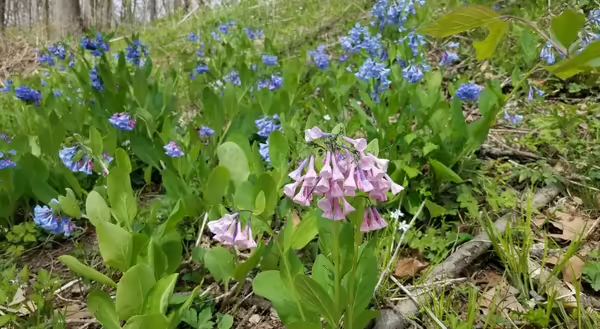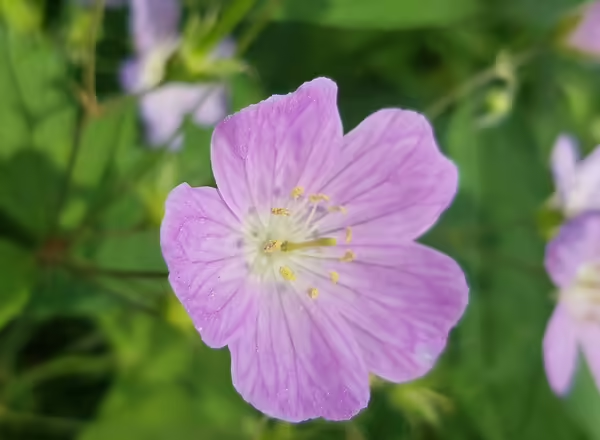
Each spring as temperatures warm, there is a narrow window of weather suitable for plant growth prior to tree leaf out. During this time, the forest understory begins to awaken as some of our earliest emerging native plants take advantage of the unique conditions.
Ideal conditions exist this time of year - soil moisture is high due to abundant rains, daytime temperatures are relatively low, and there is less demand from the many plant roots that remain dormant. Sunlight abounds since the forest canopy has not cast its extensive shade across the landscape below.
Its during this special window in time that native spring ephemeral wildflowers make their spectacular appearance. These plants are specially adapted to take advantage of the spring timeline. Many emerge, flower, produce seeds, and die back to the ground in less than a month or two. By the time the forest canopy begins to stake claim to the sunshine, many of these plants have already faded away to reenter dormancy until the following spring.

The early season flowering display that wood wildflowers provide is the highlight of spring for many humans due to its beauty in an otherwise bare time of year. And there are certainly admirers in the animal kingdom as well. Spring wildflowers are some of the first floral resources available to pollinators, representing a vitally important food source for the first insects that emerge each year.
Spring ephemerals support bumble bees and other pollinators
As researchers around the globe are working to assess declining pollinator populations, the importance of floral resources provided by early emerging woodland plants is receiving emphasis. Bumblebees (Bombus spp.) in particular have been identified as having a great dependence on floral resources early in the spring due to their unique lifecycle.
We all know that many bees exist in colonies, but bumble bees don’t necessarily overwinter as a colony nor do they store many resources over winter. Most bumble bee species are perpetuated each year by a solitary queen that emerges early in spring to frantically gather resources. She races to build a nest and accumulate food in preparation for the colony which she will hatch from eggs she lays in the coming days and weeks. In this fragile window of time when bumble bee queens first emerge, access to floral resources is critical.
Woodlands, forest edges and habitats dominated by woody plants are proving to be vitally important for bumble bee survival in a variety of ways. These habitats not only provide overwintering locations but are also preferred nesting habitat for many species during the growing season. When compared to more open habitats, such as prairie, flower emergence in woodlands is typically much earlier and the availably of these early-season food sources has been tied to bumble colony success for the year.

Researchers at the Illinois Natural History Survey and others, recently published a paper assessing long-term changes in bumble bee habitat among grassland, forest and wetland habitats in Illinois. They used 22 years of data collected at 262 sites across Illinois to analyze trends in plant populations. Results indicated declines in populations of spring ephemeral wildflowers across Illinois forest understories.
Wildflower populations are known to be sensitive and are often absent in impacted woodlands. Other research has identified a variety of stresses on these plants from increased browsing pressure by overpopulated deer to competition from invasive shrubs or earthworms. The stress on these two vital plant and insect populations is putting emphasis on the need to conserve both types of biota. It also illustrates the incredible interconnectedness of plants and insects.
On the brighter side of things, central Illinois is home to thriving populations of woodland wildflowers. Many of these high-quality woodlands are publicly accessible and will be in full bloom soon, offering a great opportunity to experience the awakening woodland beauty. Take some time this spring to visit our local natural areas in seek of these special plants and their native pollinators.
Mola et al. 2021. Long-term surveys support declines in early season forest plants used by bumblebees. Journal of Applied Ecology. 58:1431-1441.
- Mola et al. 2021. The importance of forests in bumblebee biology and conservation. BioScience. 17(12):1234-1248.